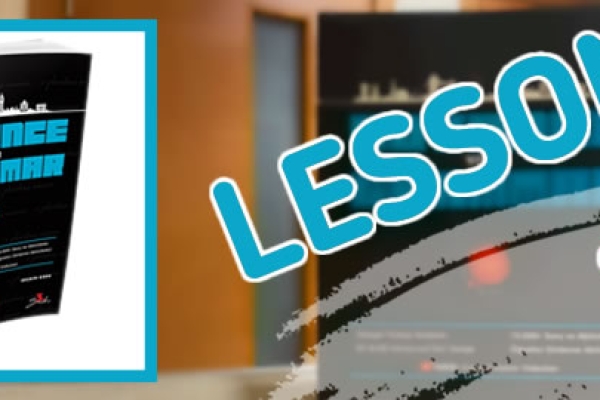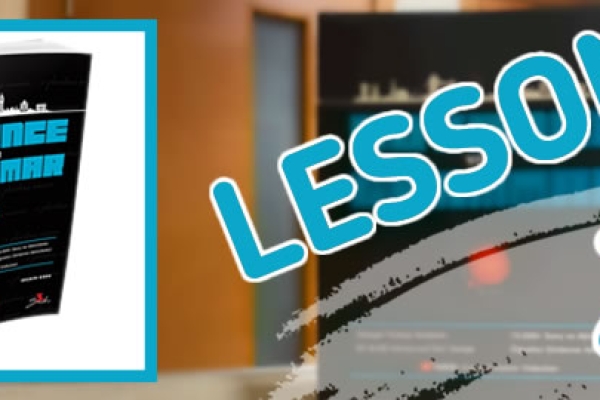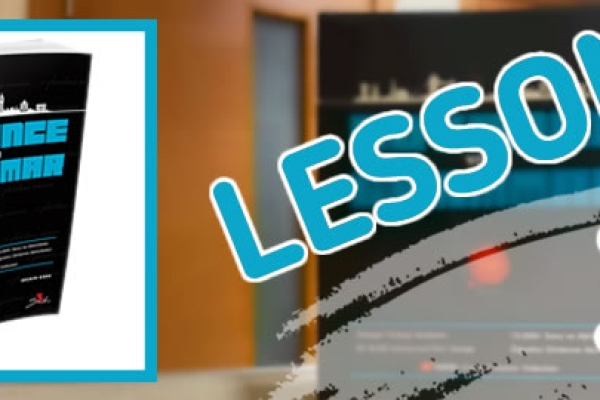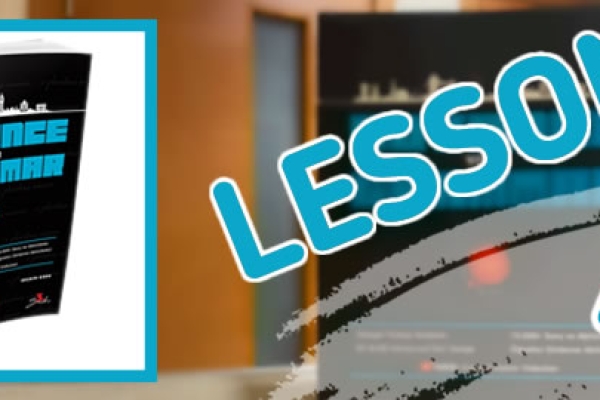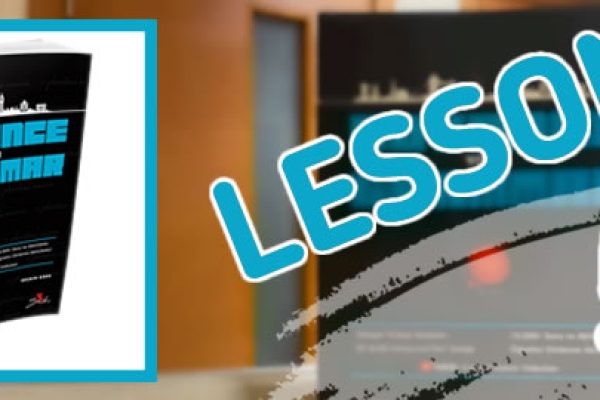Understanding Inverted Conditionals in English Grammar
Inverted conditionals are a more formal or emphatic way to express conditional sentences by reversing the order of the subject and auxiliary verb. These structures are commonly used in written and formal English. There are different types of inverted conditionals, including Type 1, Type 2, and Negative Inversion.
Inverted Conditional Type 1 This form is used for real and possible future situations. Instead of starting with "If," the sentence begins with "Should," followed by the subject and verb inversion.
Example:
-
Should you need any assistance, please let me know.
(This is equivalent to "If you need any assistance, please let me know.") -
Should he call, tell him I’m not available.
(This means "If he calls, tell him I’m not available.")
Inverted Conditional Type 2 This structure is used for hypothetical or unlikely present and future situations. Instead of "If," the sentence starts with "Were," followed by subject-verb inversion.
Example:
-
Were I you, I would take the job.
(This is another way of saying "If I were you, I would take the job.") -
Were she to win the competition, she would be famous.
(This means "If she won the competition, she would be famous.")
Negative Inversion in Conditionals Negative inversion is a formal way to express conditional sentences by placing a negative adverbial phrase at the beginning of the sentence, followed by inversion.
Example:
-
Had I not missed the train, I would have arrived on time.
(This means "If I had not missed the train, I would have arrived on time.") -
Had she not helped me, I would have failed the test.
(This means "If she had not helped me, I would have failed the test.")
Using inverted conditionals can make your writing more formal and elegant. Mastering these structures will help you improve fluency and add variety to your English communication skills.



